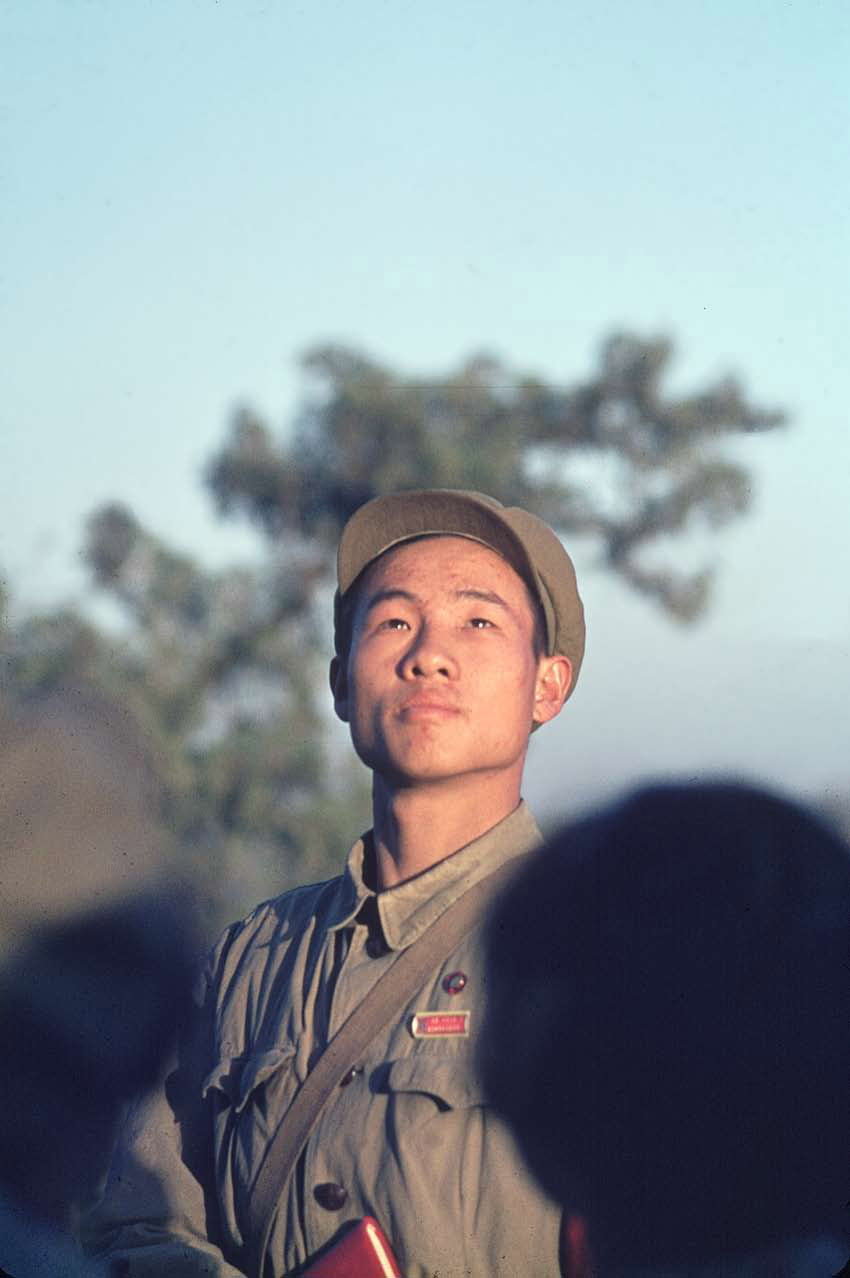
In November 1965, when Solange Brand arrived in Beijing to work as a secretary at the French Embassy, China was cut off from the world and few foreign visitors—let alone Westerners—were allowed in.
Inspired by this captivating foreign land while she wandered the streets of the city, Brand acquired a Pentax camera in Hong Kong and began taking pictures as a personal record. Little did Brand know that she was witnessing what would become a major event in Chinese history.
The Cultural Revolution broke out in the spring of 1966. Brand saw the madness gradually taking hold in the streets. Rural youths moved en masse to cities, replacing urban students who were sent out the country. The initial joy and hope gave way to chaos, clashes, persecutions, humiliations, lynch mobs and executions. Over the course of the Cultural Revolution, tens of millions of victims.
A consequence of Mao Zedong’s plans to regain power and the social crisis caused by the Great Leap Forward, this period of history—“the ten dark years” from 1966 to 1976—has yet to find its real place in the official Chinese discourse, while painful memories of the event are often repressed by the victims themselves.
Brand’s photographs do not show the Cultural Revolution’s dark side and horrors. “I didn’t witness them, she emphasizes, the full reality only became tangible later, once I returned to France. As with all pictures, my images depict only a fragment of reality and only take on meaning through their captions and replaced in their context.”
A personal vision rather than a journalistic one, these photographs are a valuable document of the era, of which few color photographs exist apart from official propaganda.
In 2022, an acquisition of nine photographs was made by the Bibliothèque nationale de France for their permanent collection – a selection made by Héloïse Conesa, curator in charge of the contemporary photography.